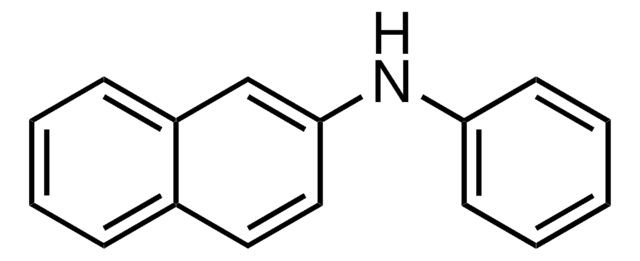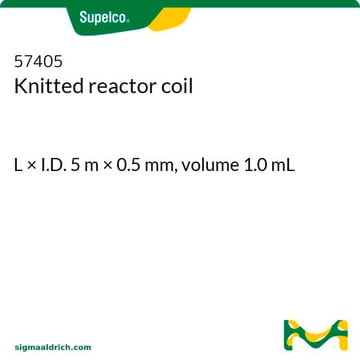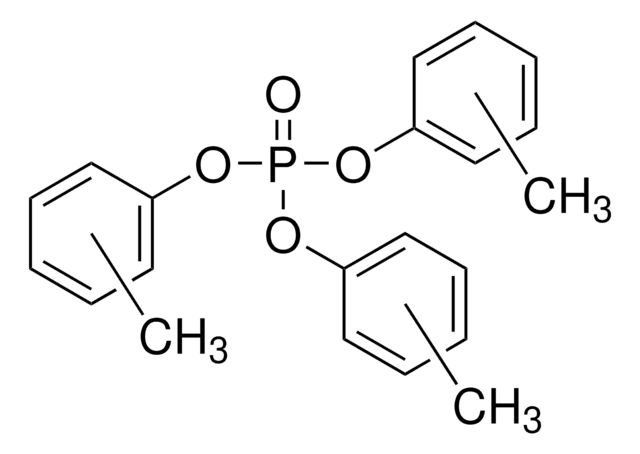104043
N-Phenyl-1-naphthylamine
reagent grade, 98%
Synonym(s):
1-(N-phenylamino)naphthalene, N-(1-Naphthyl)aniline, NPN
About This Item
Recommended Products
grade
reagent grade
Quality Level
Assay
98%
form
solid
bp
226 °C/15 mmHg (lit.)
mp
60-62 °C (lit.)
λmax
252 nm
SMILES string
N(c1ccccc1)c2cccc3ccccc23
InChI
1S/C16H13N/c1-2-9-14(10-3-1)17-16-12-6-8-13-7-4-5-11-15(13)16/h1-12,17H
InChI key
XQVWYOYUZDUNRW-UHFFFAOYSA-N
Looking for similar products? Visit Product Comparison Guide
Application
Biochem/physiol Actions
Signal Word
Warning
Hazard Statements
Precautionary Statements
Hazard Classifications
Acute Tox. 4 Oral - Aquatic Acute 1 - Aquatic Chronic 1 - Skin Sens. 1B - STOT RE 2
Target Organs
Blood
Storage Class Code
11 - Combustible Solids
WGK
WGK 2
Personal Protective Equipment
Choose from one of the most recent versions:
Certificates of Analysis (COA)
Don't see the Right Version?
If you require a particular version, you can look up a specific certificate by the Lot or Batch number.
Already Own This Product?
Find documentation for the products that you have recently purchased in the Document Library.
Customers Also Viewed
Our team of scientists has experience in all areas of research including Life Science, Material Science, Chemical Synthesis, Chromatography, Analytical and many others.
Contact Technical Service















